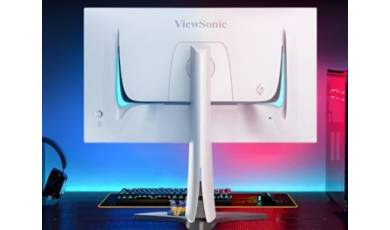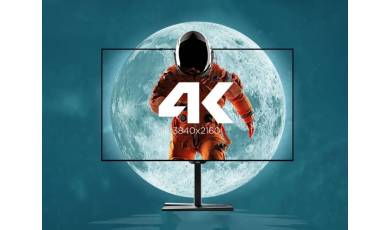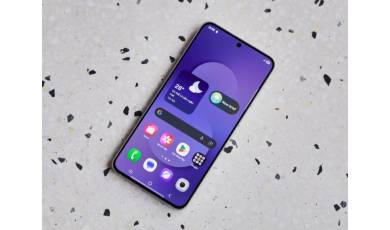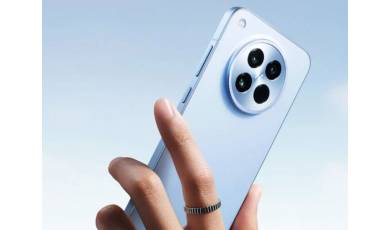QMobile B30 specs.
Mobiles >> QMobile >> QMobile B30| Specifications | Reviews | Secret codes |
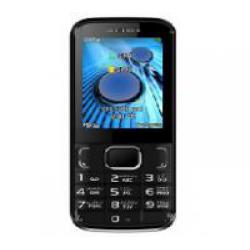
General Information QMobile B30
2G: Second generation cellular network
Second generation cellular network
GSM 900 / 1800 / 1900
SIM:
Dual SIM, (Dual stand-by)
Announced:
June, 2014
Status:
Available Released, June ,2014
Body QMobile B30
Dimensions:
120x49x12.7mm
Weight:
N/A
Display QMobile B30
Type:
QVGA TFT Screen
Size:
2.4 Inch
Sound QMobile B30
Alert types:
Polyphonic, MP3, Wav, downloadable
Loudspeaker:
Yes
3.5mm jack:
Yes
Memory QMobile B30
Card slot:
Yes
Internal:
1000 Contacts, 500 SMS
Communication QMobile B30
GPRS: General Packet Radio Service
General Packet Radio Service
Yes
EDGE:
Yes
WLAN: Wireless Local Area Network
Wireless Local Area Network
No
Bluetooth: Bluetooth is used to exchange data between nearby mobile devices.
Bluetooth is used to exchange data between nearby mobile devices.
Yes
NFC: Near field communication
Near field communication
No
Infrared port:
No
USB: Universal Serial Bus
Universal Serial Bus
Yes
Camera QMobile B30
Primary:
Digital Camera With Flash
Video:
Yes
Secondary:
No
Features QMobile B30
Messaging:
SMS, MMS, IM
Browser:
WAP
Radio:
Yes
Java:
Yes
Colors:
White,-Black
Battery QMobile B30
Battery:
1800 mAh
Stand-by:
Upto 670 Hours
Talk time:
Upto 7 Hours
Comments, Questions and Answers about QMobile B30
Ask a question about QMobile B30

